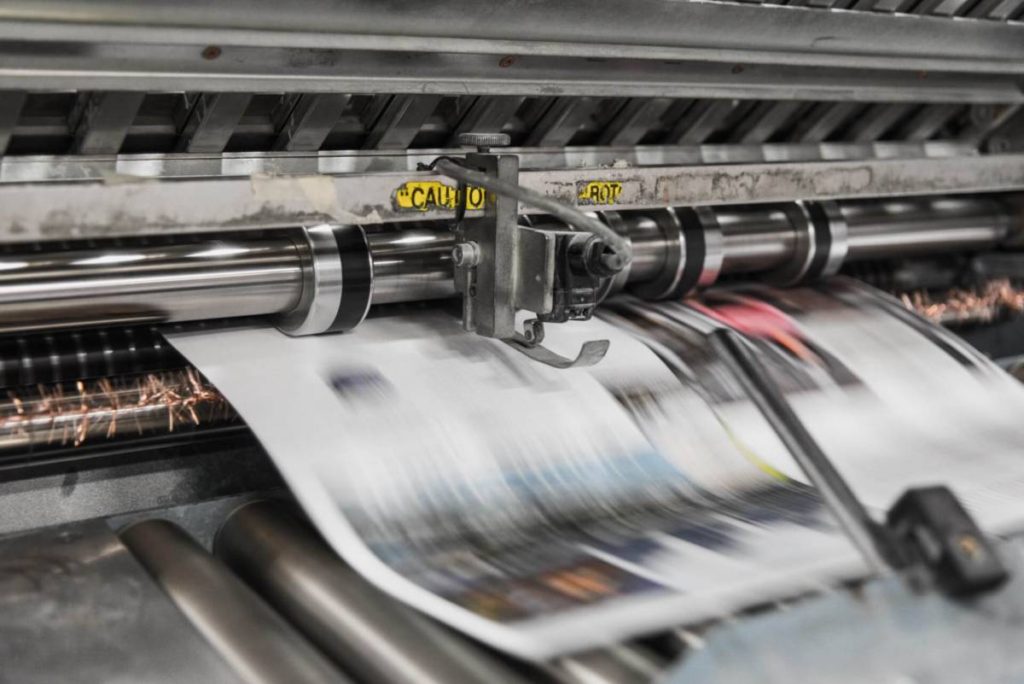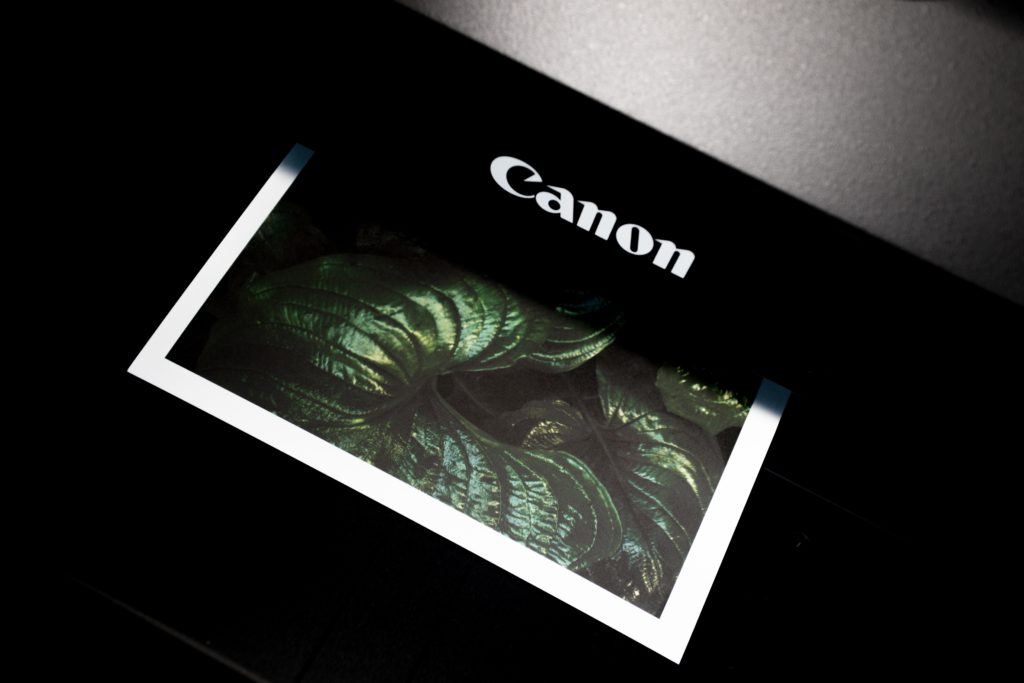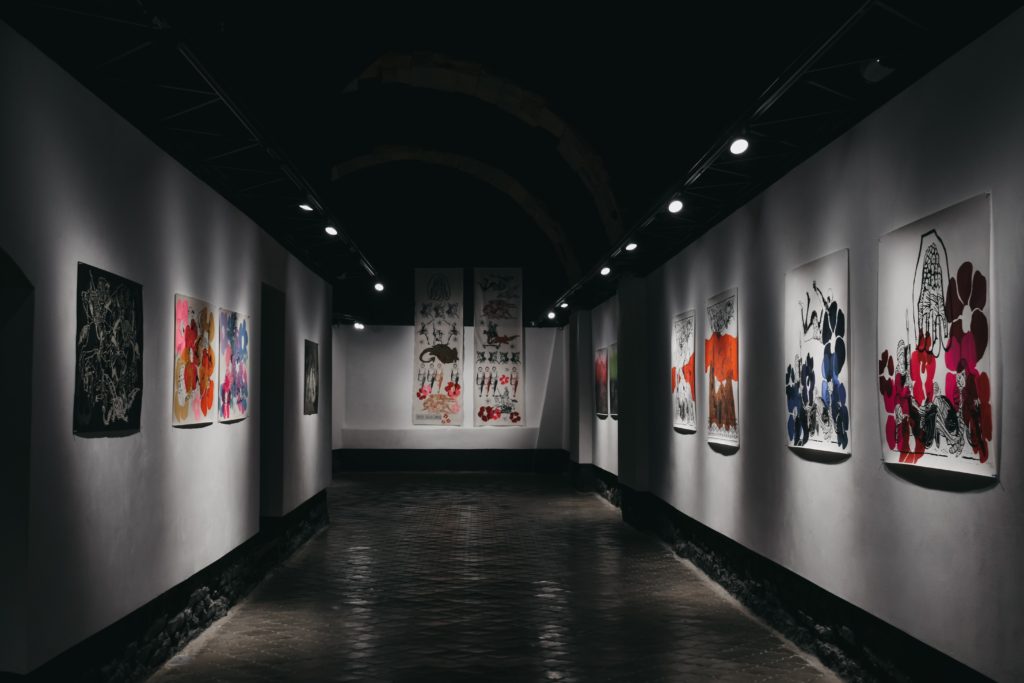Selling art prints online is undeniably one of the most profitable ways to earn passive income as an artist.
Don’t you just love the idea of having a steady cash flow even if you are on your vacation or you are busy working on other projects?
To be honest, that’s one of the most attractive benefits of selling art prints online and, there are two major ways on how you can make art prints to sell online:
- You can print your digital arts or…
- You can create prints of your original paintings or artworks.
I will cover these two options in this article. So, keep on reading.
How to Make Prints of Digital Art

As a digital artist, you can either focus your creative energies in making custom digital art for your clients or you can make a generous amount of money by selling prints of your digital artworks.
Of course, you can also do both since selling prints won’t require much of your time and effort once everything is set-up on your website or on a certain art site that supports artists.
In other words, selling prints of your digital art isn’t that labor-intensive as creating digital artwork for a client from scratch.
Below are some tips if you want to make prints of your digital art by yourself:
Step 1: Prepare Your Digital Files for Printing
Cementing a good reputation as a digital artist is crucial in your success in this art business and, one way to ensure that you are safeguarding your reputation is by creating a high-quality print of your digital artworks.
Hence, you must know how to prepare your art for printing. You can’t just print your artwork right away, and you can’t either go to a printing shop directly.
Below are some aspects that you need to follow to ensure that your printed work looks polished and professional.
#1 Adjust the resolution of your digital art.
The sharpness of the resolution of your art will make it look more professional.
Hence, you need to configure what works best for the project that you are working on.
Generally speaking, the resolution will depend on the size of the artwork.
If you are working on a 13 in (33cm) by 19 in (48 cm) image, you can stick to the standard resolution of 72 dpi.
However, for larger projects, you have to increase the resolution up to 300 dpi.
#2 Adjust the color of your artwork.

Once you’ve adjusted the resolution, it will automatically affect the color of your work. Hence, you need to tweak the color and texture of your print from the color menu, so it will go back to its original color.
#3 Utilize additional plug-ins if you are working on larger artworks.
If you are going to print your digital art for posters, banners, and other similar huge projects, consider using tools like Perfect Resize and Blow-Up.
#4 Brighten the colors of your digital art by increasing its contrast.
Figure out how you can change the contrast of your artwork since photo-editing software has different ways where you can adjust this element from the toolbar.
Increase your work’s contrast until it looks really sharp on the screen. Most often, what looks sharp on the screen won’t be as sharp once it is printed out on paper or whatever material you are printing it on.
#5 Enhance the sharpness of your artwork on Photoshop.

Go to the “layer” menu on Photoshop, and right-click on “Art Layer.” After this, you have to duplicate the layer and then choose “filter,” “other,” and “High Pass.”
And then, just choose 3 on the “radius” drop-down menu and click “Ok.” Once you are done with these steps, choose the “Overlay” or “Soft Light” from the drop-down menu on the Layer Palette.
Finally, adjust the opacity of the image somewhere between 10 and 70 percent.
Tweaking the sharpness this way gives you a different effect from just adjusting the resolution directly. It helps in making the edges of your work sharper. Hence, emphasizing the outlines of your artwork.
#6 Save your digital art as TIF or JPEG.
Saving your art as TIF or JPEG gives you the best quality of your work after doing some edits.
However, you should remember to only save your file as JPEG once you are done with all of your changes. Saving your file as JPEG repeatedly will diminish the quality of your work once it is printed.
On the other hand, you can save your file as TIF if you don’t want to lose the quality of your work after saving it repeatedly as TIF.
Step 2: Choose Your Ink and Paper

Your choice of ink and paper plays a crucial role in the success of your digital art’s printed output. Below are some considerations that you need to look into as you tread on this essential step:
#1 Choose between dye-based and pigment-based inks.
If you are leaning more towards producing more vibrant colors, dye-based inks would work best for your project. These inks are also great if you are using glossy paper.
However, dye-based inks are not waterproof and they fade faster than pigment-based inks (usually 5 years).
So, if you want your print to last for a longer period (up to 150 years), your best option is to use pigment-based inks.
The downside of using this type of ink, though, is that it produces less vibrant colors than dye-based inks.
On the other hand, it can still be managed – you just have to buy the inks directly from the manufacturer of your printer.
#2 Choose acid-free and archival paper.
Your paper is equally important as the ink that you will use. When it comes to printing digital art, it’s always an excellent choice to go for acid-free paper or paper that is listed as 100% rag or cotton.
#3 Decide on the right paper finish to highlight the strength of your artwork.
You need to know whether a glossy, semi-glossy, or matte finish would work best for your digital art.
The coat on the paper helps in bringing out the best color of your artwork.
Below are important considerations in choosing the right paper finish for your art:
- Avoid a glossy paper if you have texts on your artwork as the paper will make it harder for the text to be read.
- If your printed output would be displayed in a frame without glass, the best option would be a semi-glossy finish. This type of paper doesn’t reflect too much light, and it will cause your artwork to really stand out.
- For black and white prints, the best option would be a matte paper. It’s also an excellent choice if your printed artwork will be displayed behind glass.
#4 Pay attention to the weight of your paper.
Unless you are printing for your thesis or other school requirements, you should stay away from using #20 to #24 paper.
If you want to create a more professional final print, the rule of thumb is to always use heavier paper.
If you are creating a poster from your digital art, you can go with a paper that is at least #28.
However, if your print is going to be displayed at a gallery, then, you should certainly go for a paper that is around #50.
Step 3: Printing Your Digital Artwork to Sell Online

Creating a giclee print will ensure that your printed artwork looks more professional than other options.
This is important since your end goal is to sell your artwork. You certainly don’t want your reputation to be ruined by making the wrong choices as far as your printing options are concerned.
Below are three criteria that you should meet for your artwork to be considered a giclee print:
- Its resolution should be 300 dpi.
- You should use archival paper to ensure that the printed artwork will last for up to 100 years.
- You should use a larger printer with the use of pigment-based inks.
Once the settings of your printer are all set-up and the materials are ready, you can then print a test image before you proceed in printing your final output.
Making Art Prints of Your Original Artworks
Unlike digital arts, your original artworks need to be digitalized first before they can be printed.
As such, the first step in making art prints of your original artwork is producing a high-quality image of the original piece.
But how can you do so?
Some artists have their artworks professionally scanned, while others just simply take a high-quality photograph of their artwork. Some would scan their artwork by themselves using a reliable scanner.
Method 1: How to Use a Scanner to Print Your Original Artwork

If you don’t have a scanner, yet, and you are planning to buy one, it’s important to purchase the one that can scan up to 600 dpi (dots per inch).
Simply speaking, the higher the dpi, the better the quality of your scanned work will be.
Once you have a high-quality digital copy of your original artwork, you can then proceed to print it.
Also, you will have three major options for this:
1) you can buy a printer that uses pigment-based inks and print the copies by yourself,
2) you can outsource this task from a professional printer, or
3) you can sign-up to several websites that can print your digitalized artwork for you.
As with the third option, most art business websites also offer framing services, and they can also ship the finished output to your clients directly.
Examples of these sites are RedBubble, Fine Art America, and iPrintfromHome.
Method 2: Taking a Picture of Your Artwork and Creating Your Prints at Home

Taking photographs of your original artwork can be tricky, so it does take some learned skills to pull it up successfully.
However, there are tons of resources and tutorials that you can learn online. Take a look at this guide for instance.
And the same as with scanning your artwork, you also need to adjust the resolution, color, and other elements of your photograph on Photoshop.
Because, if you are planning to create your prints by yourself, you should invest in a high-quality printer that uses pigment inks.
And of course, you can also tap the services of a professional printer in your place.
However, this can also increase your cost since you will need to have a couple of test prints until you are satisfied with the final output. If you won’t print it by yourself, the printing company will charge you for every test print that they will produce.
Method 3: Hiring a Professional Printer to Print Your Artworks

Although everything will be charged if you are going to hire a professional printer in your city or online, it won’t be as expensive as you think it will be.
Considering that these people are experts in this field, your overall cost would also be reduced since you don’t have to go through several test prints before you can arrive at the final output.
These people know how to tweak your image so the printed copy will be as close as possible, if not identical with your original artwork.
Custom Art Prints

What sets custom art prints apart?
Well, technically, the term “custom” makes all the difference.
When we say that an artwork is custom-made, it means that it was made solely for a certain client.
It also means that a client can have special requests to personalize the finished output and to please him even more.
Hence, it makes the artwork more special because of its exclusivity, uniqueness, and personal and even emotional connection with the client.
Custom art prints can serve as perfect gifts for special occasions and they can also add a certain degree of personalization to a particular space at home, in the office, or a client’s workspace.
Take a look at this custom Mr&Mrs Print for example where a client’s wedding pictures can be transformed into a beautiful framed artwork.
A client can also add a personalized message written on the final design to make it more personal and more special.
Conclusion
Although there are a lot of artists who are successful in selling art prints online, it doesn’t mean that you have to dive into the bandwagon, as well.
At the end of the day, you need to ask whether selling art prints will be part of your long-term goal as an artist or you are better off in selling original artworks to your clients.
Moreover, you also need to consider if there’s a market or a high demand for your printed artworks. If you want to test the water, by all means, you are free to tread this path.
Ultimately, the decision is all up to you. But if you have some questions, clarifications, or feedback, I’d certainly love to hear them out in the comments below.
If you love this article, you might also like these other art-related content on my blog:



